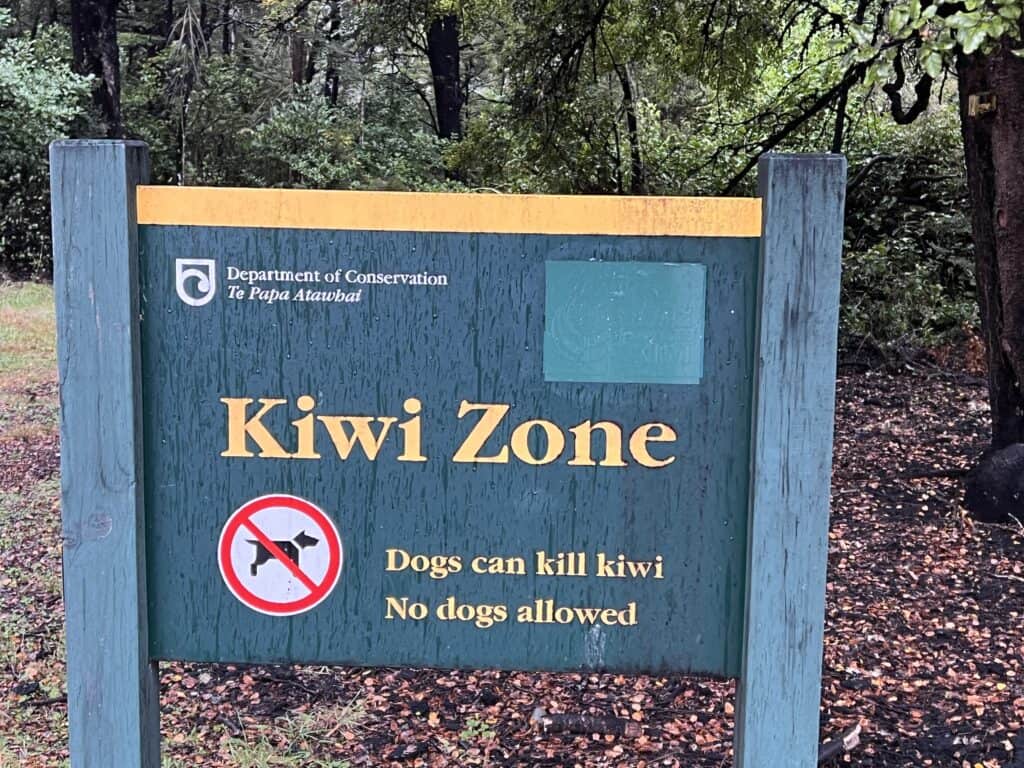A visit to New Zealand is to witness a growing movement targeting the killing of pest animals and the excitement in seeing the return of birds and their songs.
Earlier this year, our CEO spent some time in New Zealand to build connections and learn about some of the best ideas that can be applied to Australia.
Like Australia, New Zealand suffered a mass extinction of its wildlife with the arrival of Europeans and their pests. Yet the relative carnage was even greater since New Zealand originally lacked predatory mammals, and plants evolved without built-in defences from grazing mammals such as thorns or toxins.
The arrival of the Māori resulted in the extinction of many birds, including the moa, Haast’s eagle and the adzebill. Colonisation saw the extinction of a further twenty bird species.
While some species such as mice and rats were introduced accidentally, possums, deer and mustelids – stoats, ferrets and weasels – were deliberately released. Some introduced species were legally protected to allow the populations to build up to serve as a large and self-sustaining hunting resource.
Like entomologist Walter Froggatt’s attempt to stop the introduction of the cane toad to Australia, two prominent naturalists, Walter Buller and Andreas Reischek, vigorously campaigned against the introduction of mustelids due to the destruction of birds, ‘especially ground birds such as kiwi, kakapos and wrens…’.
They failed and New Zealand is now overrun with a host of exotic mammal predators and grazers that imperil its unique bird population.
What is hopeful is how New Zealanders are fighting back with ingenuity and resolve.
A walk through a national park is to see all manner of killing machines. Friends of Rotoiti volunteers have made and installed hundreds of traps and installed them along 52 km of trap lines as part of the Rotoiti Nature Recovery Project at Nelson Lakes National Park. The traps result in a quick and humane death and are designed to prevent the entry of ground birds such as the weka and kiwi.
In the 20 years since their formation this group has removed over 40,000 weasels, stoats, ferrets, mice, rats, possums and feral cats. This has allowed the recovery of kãkã and the reintroduction of the roroa, or great spotted kiwi.
Almost every suburb of Wellington has its own pest control group. A 225-hectare fenced predator-free sanctuary called Zealandia has allowed native birds to thrive and spill over into surrounding suburbs, allowing more residents to hear native bird song.
The culmination of these efforts has seen the creation of Predator Free 2050, a visionary idea to rid New Zealand of some of its worst mammal predators – possums, rodents and mustelids. Predator Free 2050 is supporting local control efforts as well as encouraging new technology to improve the effectiveness of control efforts.
Exotic insects are also being tackled to reduce their impact on native birds and insects. Four aggressive social wasps, the Australian and Asian paper wasps (Polistes humilis and Polistes chinensis) and the European and common wasps (Vespula germanica and Vespula vulgaris), have established in New Zealand. Bait stations are often seen throughout national parks and conservation areas to control common and European wasps, with baits applied around February using a protein rather than a sugar base to avoid attracting other insects.
The recent arrival of many aquatic pests has led to a highly visible campaign to educate inland water users to ‘check, clean, dry’ their boots, clothes, boats and equipment before moving to and from an area.
2002 saw the first detection of a microscopic algal species Lindavia intermedia or lake snow. It isn’t toxic but produces a sticky mucus-like film just below the water that is likely to severely impact on the ecology of the lakes. It’s already in many large lakes in North and South Island. Didaymo (Didymosphenia geminate) or rock snot, is a better-known algae that coats beds of shallow rivers and waterbodies in a goopy mat. It was first detected in 2004 and detections have been limited to the South Island.
I was reassured to learn that the changed behaviour, coupled with some rule changes such as the banning of felt parts on waders has worked. A government official told me that there have been no new marine invaders in New Zealand since 2004 and rock snot is still only found in the South Island.

New Zealand is at the forefront of global efforts to control harmful invasive species. It is a world-leader at island eradications and it is becoming increasingly ambitious and sophisticated in its tools and techniques. New Zealanders are overcoming many barriers to action and building strong community support.
It is not simply a matter of transferring what New Zealand does to Australia. Australia has a different suite of pests and weeds, we have a larger range of native animals including our own mammal predators, a different Indigenous culture and a larger population and land mass.
But still there is plenty to learn from New Zealand’s approach, its can-do attitude and its many successes. Australia’s invasive species efforts will be well served by increasing trans-Tasman collaborations and knowledge sharing.










